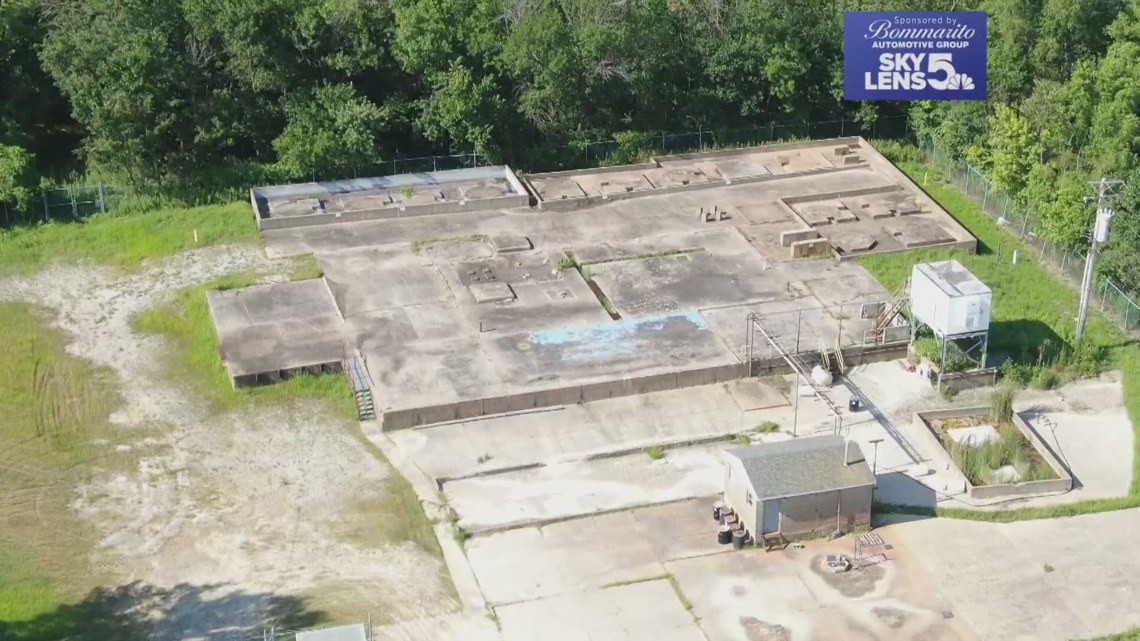The EPA’s report reveals that the Findett site cleanup is less effective than hoped, raising concerns over the future of St. Charles’ drinking water.
ST CHARLES, Mo. — A multi-decade effort by the U.S. Environmental Protection Agency to clean up the Findett Corporation Superfund Site is proving less effective than hoped, according to the agency’s latest five-year review. The report indicates that contamination is spreading, and cleanup effectiveness in some areas could not be determined, raising concerns for a community dependent on a nearby wellfield for its drinking water.
The industrial site opened up in the 1960s and had a long history of chemical contamination. The Findett Corporation, a fluid reprocessing plant, and a spin-off, the Cadmus Corporation, handled industrial coolants, lubricants and catalyst chemicals. Improper disposal of chemical waste in an unlined pond led to significant soil and groundwater contamination, prompting the area’s designation as a Superfund site in the 1980s.
The site is divided into four sections, known as Operable Units (OUs). The recent EPA review, the sixth of its kind, focused on the first three. For OU-1, the original Findett property, and OU-2, the adjacent Cadmus property, the review deferred a determination on the cleanup’s protectiveness due to a lack of data on ecological risks.
“They found some pretty high levels of contamination in the soils,” EPA Remedial Project Manager J.P. Curry said. “And so, that is something that we’re looking to get addressed and hopefully knock those levels down.”
Curry clarified that more data is needed to assess the ecological risk, but not the human health risk.
“So that means we just need to collect more data to come up with a protectiveness determination,” he said. “So it was deferred protectiveness for ecological risk reasons, not for human health risk reasons.”
Of more immediate concern to residents is OU-3, a plume of contaminated groundwater that has migrated from the Findett property toward the Elm Point Wellfield, the primary source of drinking water for St. Charles. The EPA report found that this plume is getting closer to the city’s wells and deemed the cleanup for this area only “short-term protective.”
“Yeah, so basically this means we’re seeing higher levels of contamination than we thought we would 20 years ago still,” Curry said. “And so, what that means for overall is that the additional work needs to be done in order to get a quicker remedial time frame and bring those cleanup goals and to achieve those cleanup goals quicker than what’s currently happening at the site.”
This situation has mobilized residents such as Kara Elms, who started a Facebook page to keep the community informed.
“I think definitely when people use their voice and say, ‘Hey, we’re here.’ You are going to effect change,” Elms said. “I think previously the people of St. Charles had not been involved, so they largely had ignored us.”
Adding to the complexity is OU-4, the Ameren Huster Substation, which the EPA identified in 2012 as a separate source of contamination affecting the wellfield. The City of St. Charles had previously raised alarms in October 2022 about chemicals from the substation seeping into the wells. Ameren disputed the claim initially, citing the cleanup done previously. In February 2023, the EPA said Ameren is responsible for continued contamination and has since required the utility company to expand its cleanup efforts.
“They have completed all of the sampling that we asked them to do as part of the nature and extent of looking at the contamination,” EPA Project Manager Tonya Howell said of Ameren’s recent actions. “They have done some interim measures out there with injections that try to protect the wellfield.”
Ameren has a plan for further cleanup scheduled to begin in the spring of 2026, with an estimated three-year timeline.
The city has installed a special treatment system and is purchasing supplemental water from St. Louis to ensure the drinking water remains safe. However, long-term concerns persist among residents.
“But the groundwater in the area, it’s like what if the city stops taking those measures? Could the water become contaminated? What if EPA stops doing what it’s doing? You never know,” Elms said. “I guess the number one goal is to keep it safe, but there needs to be a lot more action from EPA and Ameren to ensure that.”
The EPA will hold a public meeting from 7-9 p.m. Thursday at the St. Charles Police Department, 1781 Zumbehl Road, to discuss the findings of the five-year review and to solicit feedback from the community.
